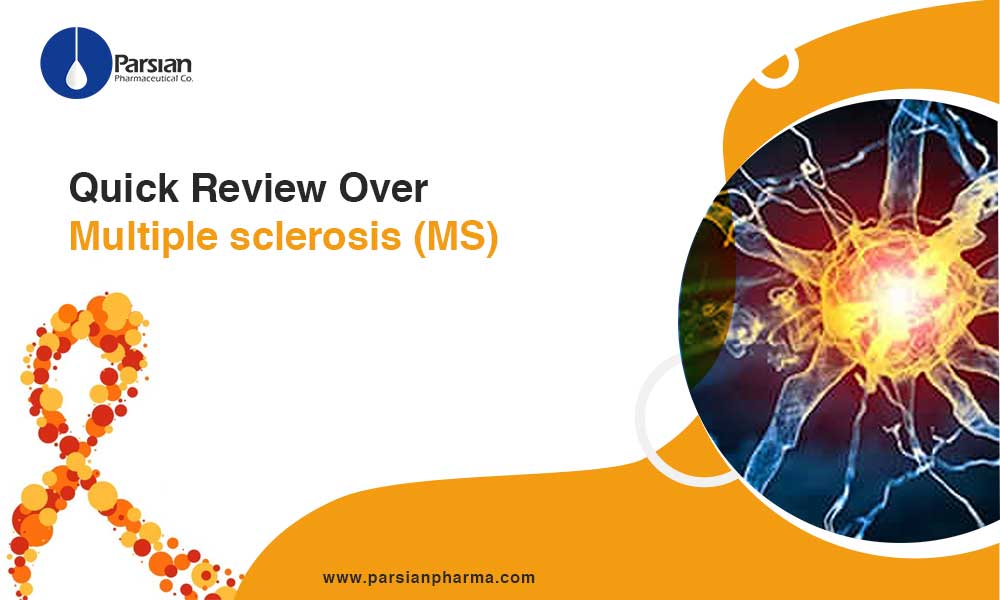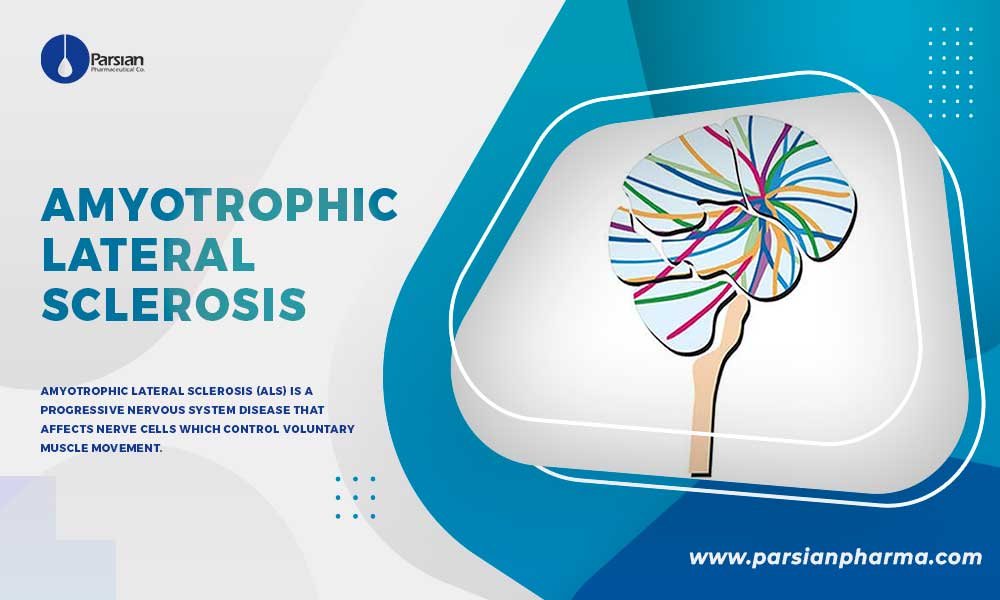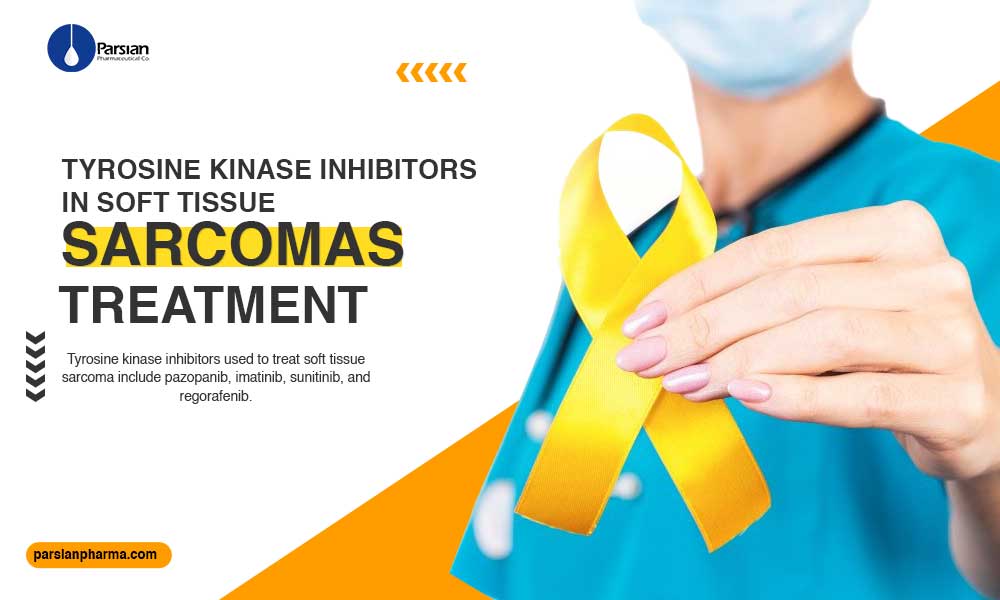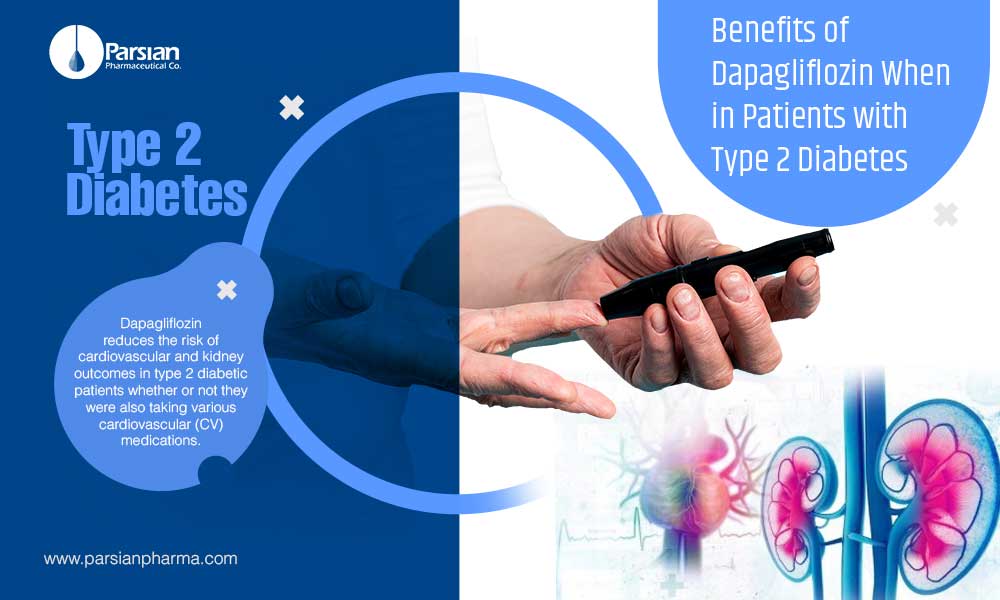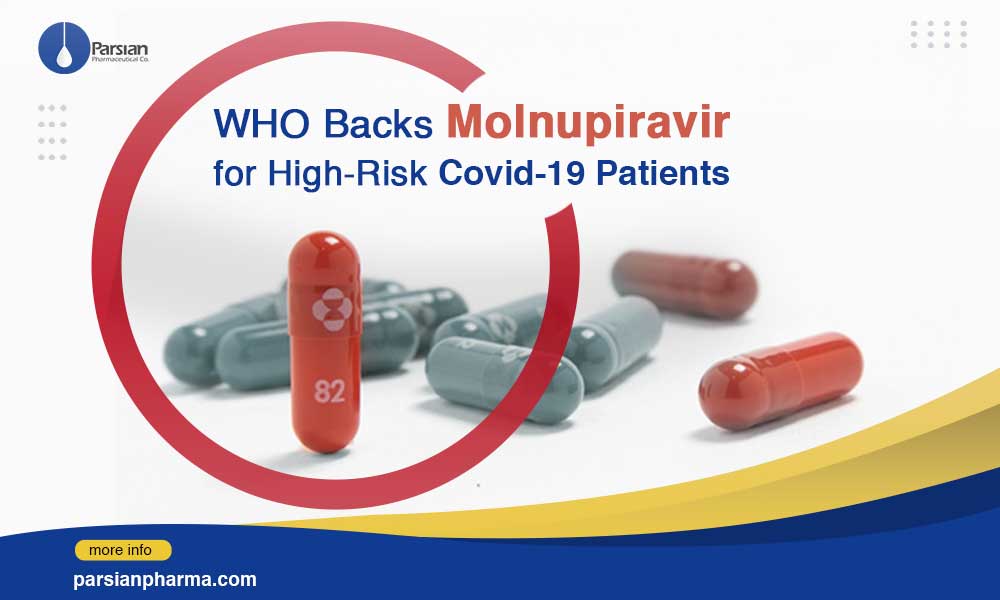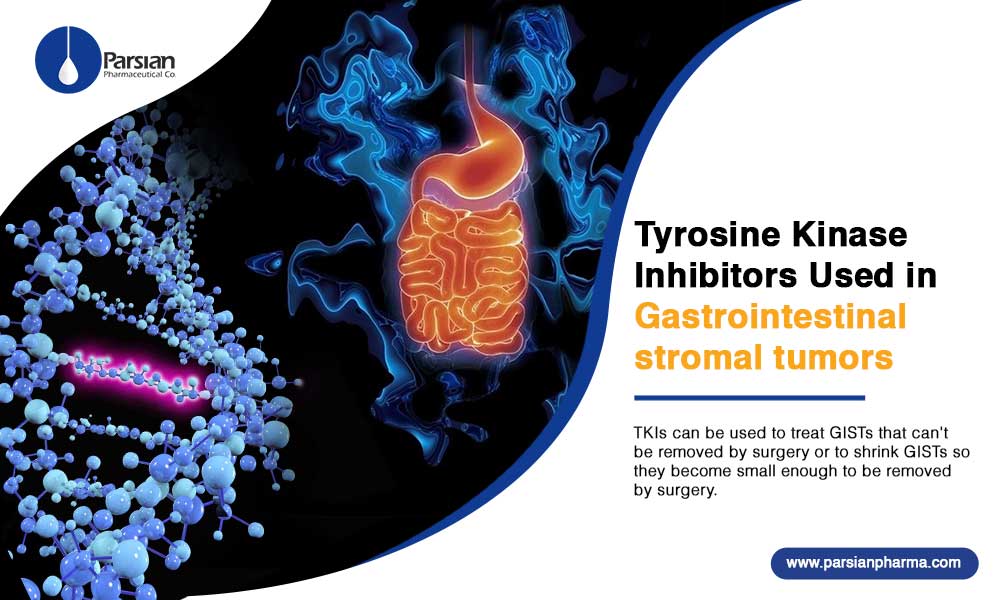Quick Review over Multiple sclerosis (MS)
Multiple sclerosis (MS) is a lifelong, and often disabling disease which affects the central nervous system (brain and spine). In multiple sclerosis, scattered patches of the protective myelin covering of the nerve fibers in the CNS are damaged or destroyed. This leads to inflammation and loss of myelin which is a cause of disruption of the nerve transmission. MS is one of the most common central nervous system disease in young adults. Most of the patients are diagnosed at the ages of 20 to 40; it is rare to develop it under the age of 12 and over the age of 55. Multiple sclerosis symptoms can be mild, such as numbness in the limbs, or very severe such as loss of vision or paralysis. The speed of progressing and severity and developing specific symptoms of MS cannot be predicted in patients.
Epidemiology:
The most accurate and up-to date estimate of the number of people living with of multiple sclerosis (MS) is about 2.8 million around the world. In fact about one out of every 3,000 people are living with MS worldwide; in the highest prevalence countries, one out of every 300 people are affected by MS. The estimated number of affecting people has increased, which can be because of better counting methods, patients can live longer than before, and also the role of increase of risk of developing MS cannot be ruled out. Every 5 minutes, someone, somewhere is diagnosed with MS globally. Multiple sclerosis usually develops in young adult and is 2-3 times more common in women than men.
Types of Multiple Sclerosis (MS)
There are 4 clinical phenotypes of Multiple Sclerosis (MS): clinically isolated syndrome (CIS), relapsing-remitting multiple sclerosis (RRMS), primary progressive multiple sclerosis, and secondary progressive multiple sclerosis. The clinical course of the disease is highly variable; most patients experience chronic neurological deterioration over time.
| Clinically isolated syndrome (CIS) | · This is the first episode of symptoms caused by inflammation and damage to the myelin covering on nerves in the brain or spinal cord.
· Technically, CIS doesn’t meet the criteria for a diagnosis of MS, as it’s an isolated incident with only one area of demyelination responsible for symptoms. · If an MRI shows another episode in the past, a diagnosis of MS can be made. |
| Relapsing-remitting MS (RRMS)
|
· The relapsing-remitting type of MS generally follows a predictable pattern, with periods in which symptoms worsen and then improve.
· Eventually, it may progress to secondary-progressive MS. · According to the National Multiple Sclerosis Society (NMSS), around 85 percent of people with MS are initially diagnosed with relapsing-remitting MS. · People with RRMS have flare-ups (relapses) of MS. Between the relapses, they have periods of remission. · Over a few decades, the course of the disease is likely to change and become more complex. |
| Secondary-progressive MS (SPMS)
|
· Relapsing-remitting MS can progress into a more aggressive form of the disease.
· Some of those with the relapsing-remitting form of the condition will go on to develop secondary-progressive MS, this generally happens within 10 years of the first diagnosis. · In secondary-progressive MS, people may still experience relapses, these are then followed by partial recoveries or periods of remission, but the disease doesn’t disappear between cycles, instead, it steadily worsens. |
| Primary-progressive MS (PPMS)
|
· Approximately 15 percent of people are diagnosed with a relatively uncommon form of the disease, called primary-progressive MS.
· This form is characterized by slow and steady disease progression with no remission periods. · Some people with primary-progressive MS experience occasional plateaus in their symptoms as well as minor improvements in function that tend to be temporary. There are variations in the progression rate over time. |
Multiple sclerosis (MS) treatment options:
However, advances in diagnosis and treatment of multiple sclerosis (MS) are being developed and giving hope the patients, there is no drug or treatment which can be considered as a curable option, but treatments are now available for modifying the courses of the disease. Patients’ life span is not significantly affected, but the unpredictable emotional and physical effects of multiple sclerosis can be lifelong. There are three most common prescribed medicines like Teriflunomide, Dimethyl fumarate, and Fingolimode for Multiple sclerosis patients; which is available in Parsian pharmaceutical company’s products list. For obtaining more information about each one of them, you can visit Parsian’s next articles. highlights
related product :
References:
https://www.nationalmssociety.org/

